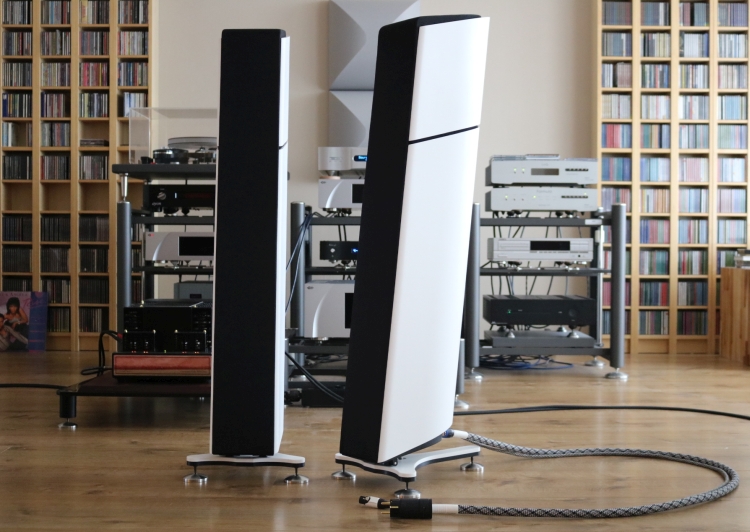
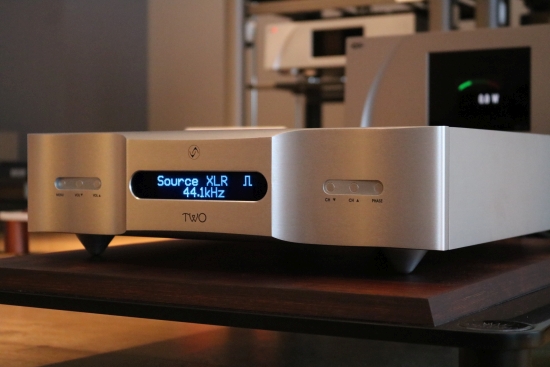
Stilla with Vermeer TWO
The Vermeer TWO is a DAC, network player, and analog tube preamp all in one. Its fully analog volume control allows it to be connected directly to the Stilla Actives.
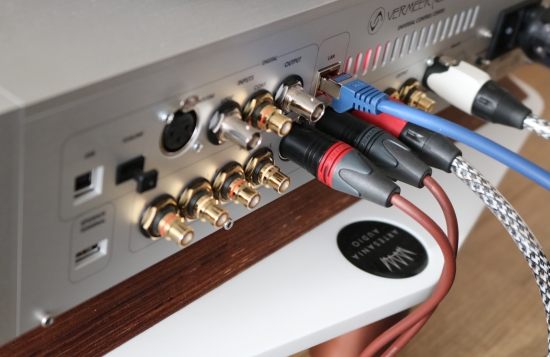
The TWO offers extensive connectivity: Analog inputs on XLR and Cinch, AES/EBU, S/PDIF on Coax and BNC, RJ45 Ethernet, and USB and comes with an absolutely beautiful remote control.
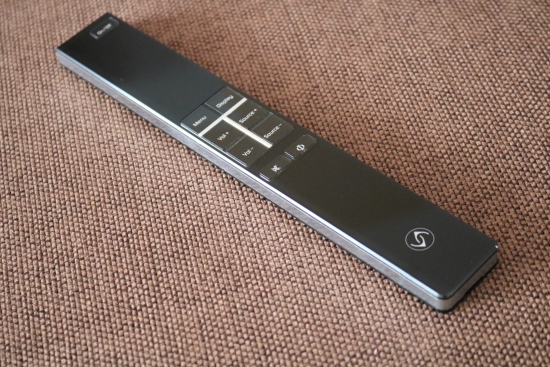
Starting with the AES/EBU input (sourced from the Antipodes K50 and Aqua LinQ), the TWO provides a slightly sweeter tonality than with the C1, along with a more organic flow and an even greater sense of depth and 3D-substance. The Stillas are inherently masters of soundstaging and imaging, but with the TWO, these aspects become even more captivating. The C1 yields a slightly tighter bass but overall, in terms of resolution, I’d say that the TWO is on par with the C1.
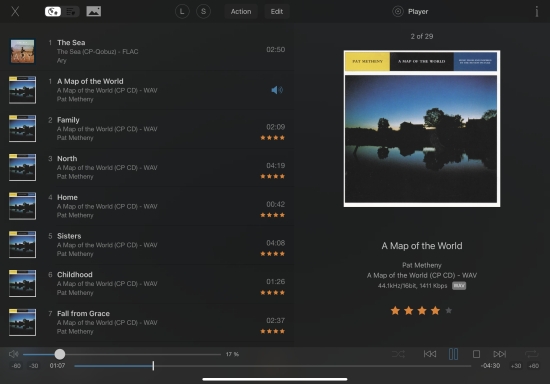
JRemote is a very comprehensive iPad remote control app for jRiver Media Center. It controls all the basic functions but also offers considerably more metadata and file info than any standard UPnP app.
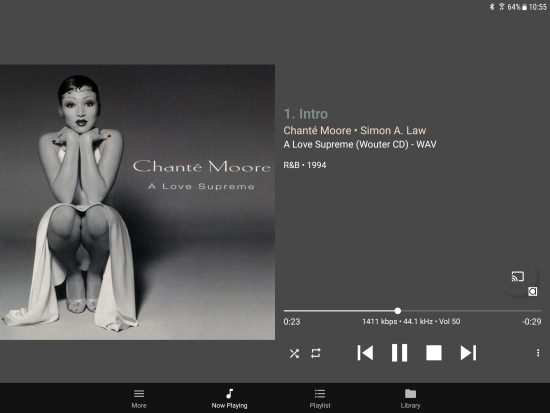
Bubble UPnP is the best app I know for Android. It looks good and offers all the basic functionality.
Switching to the Ethernet input and UPnP (RoonReady will follow later), sourcing music jRiver Media Center installed on a Windows PC controlled from an iPad using the JRemote app, the Stillas maintain all of the positive aforementioned aspects while the musical performance becomes even more free-flowing. To be fair, when the LinQ is fed the same UPnP source and its output is fed to the TWO’s AES/EBU input, some additional precision can be obtained but at a considerable cost. And then, it still remains a matter of personal preference whether one chooses extra tightness and precision tightness over smoothness and flow. Of course, what makes the network connection especially interesting is that it minimizes the amount of external audio devices.
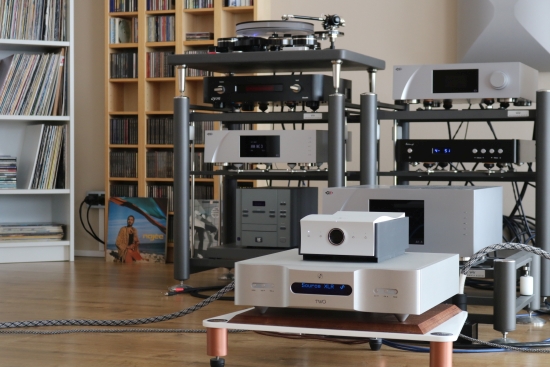
Since the TWO also contains an analog preamp I couldn’t resist trying to see what would happen when connecting my Origin Live + CH Precision analog front end. I was already aware that the Calypso mk4 and ViRA Aidas Rainbow cartridge combo sounds bolder and more physical than many other turntables. As part of the TWO’s review, I already commented on how much better its preamp is than the Ayon in all the usual audiophile aspects. All this was again evident here but, in addition, what I heard in combination with the Stillas also gave new meaning to the phrase “Big Bass”!
Maybe I should nuance this a bit to avoid making it sound like it’s all slam and not so much, well, nuance. In fact, the Stillas’ bass is very even-handed, entirely linear and it reaches all the way down. Yes, the specs mention that they are a full-range design and you better believe it! The Stillas sure know how to party while their unequivocally full-range sound makes thin-sounding records a thing of the past.
For people who listen only to digital sources, a similar setup is possible with the Vermeer THREE, a model that is currently still being developed. The THREE will have the same DAC and LAN boards as the model TWO but will have only digital inputs and a unique Leedh Processing digital volume control.
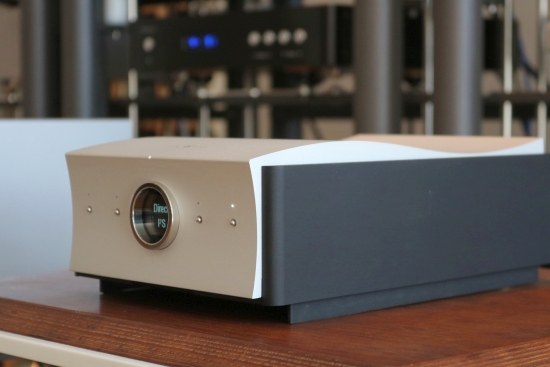
Stilla with Mola-Mola Tambaqui
The Mola-Mola Tambaqui is a DAC with a RoonReady streaming endpoint on board. Unlike the Vermeer, the Tambaqui does not contain an analog preamp but its digital volume control still allows it to be used directly with the Stilla Actives.
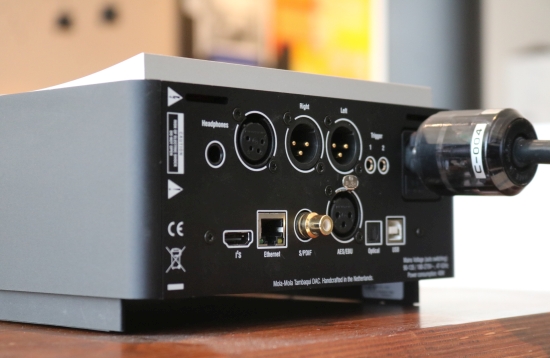
The Tambaqui has more limited connectivity than the Vermeer but still offers all the essentials such as AES/EBU, S/PDIF Coax, I2S HDMI, RJ45 Ethernet, and USB.
While the Vermeer TWO’s overall sonic delivery shares some similarities with the CH C1, the Tambaqui steers the sound in a different direction. One might think of the CH sound as being very neutral and this is indeed the case, but the C1 DAC, in particular, deviates from that preconception by sounding quite full-bodied and tonally well-developed. Contrary to that preconception, switching to the Tambaqui after the C1 and the Vermeer actually sounds more similar to what one might expect a typical Swiss product to sound like.
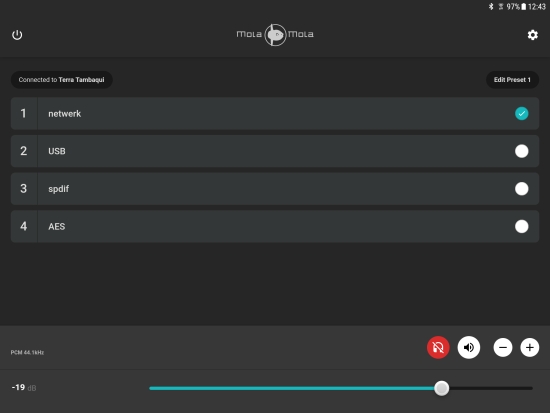
All of the Tambaqui’s functions can be controlled via the “Mola Mola Remote” phone- or tablet app for Android or iOS.
Sticking with AES/EBU derived from the LinQ, the Tambaqui sounds tight and concentrated, hi-res and precise, very linear, and indeed very neutral. Compared to the C1 and especially the TWO, it has a no-nonsense delivery that in terms of soundstaging tends to focus more within the speakers, rather than filling the room. Coming from the other two DACs and especially the Vermeer, the Tambaqui’s sonic delivery can appear a little dry but it is good to know that this can be altered by selecting a lower output level. Going from 6V to 2V made a big difference that was entirely beneficial while a further reduction from 2V to 0,6V added a further dose of fluidity but also reduced transient attack and the overall liveliness. With the Stillas, I preferred the 2V setting.
In spite of the unexpected turn in presentation, I must say that I quite like the Tambaqui + Stilla active combo. As it happens, even though they are highly resolving, the Stillas have such an innate timbral richness that it entirely prevents the Tambaqui from sounding cold or overly clean. On the contrary, actually, I much liked the extra crispness that the DAC brings to the lower octaves and lower midrange while the DAC’s focused sound provided ideal ground for the Stillas’ natural-born razor-sharp imaging.

Setting Tambaqui output level via the “Mola Mola Remote” app. Note that not all pre-amplifier analog input stages can handle a 6V output and in some cases, the 2V setting might yield better results.
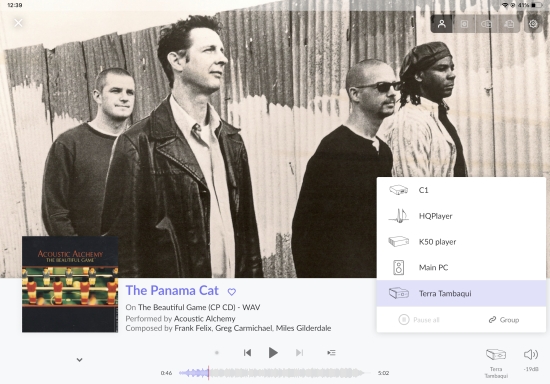
Roon linked to the Tambaqui while showing all the other available streaming endpoints (renderers)
Switching from the LinQ’s AES/EBU output to RoonReady, straight from the K50, the Tambaqui responds entirely in line with other DACs that offer both inputs, by sounding a little rounder and more fluid, at the expense of a measure of bass incisiveness. Otherwise, like the Vermeer, it sacrifices very little compared to the LinQ’s output fed via AES/EBU.
However, since the Tambaqui is inherently quite strict-sounding, its RoonReady input might actually appeal more to those who value a touch of smoothness over the last bit of articulation. As with the Vermeer, the choice is up to the user and even if one input is preferred over the other, I always welcome the options as it gives the user freedom of choice.
For those who are interested in obtaining the Tambaqui sound but also have analog sources, a similar setup is possible using the Mola Mola Makua analog preamp that can be outfitted with an optional DAC board derived from the Tambaqui that offers the exact same inputs and RoonReady streaming section. Additionally, the Makua can be completed with an optional Phono board.
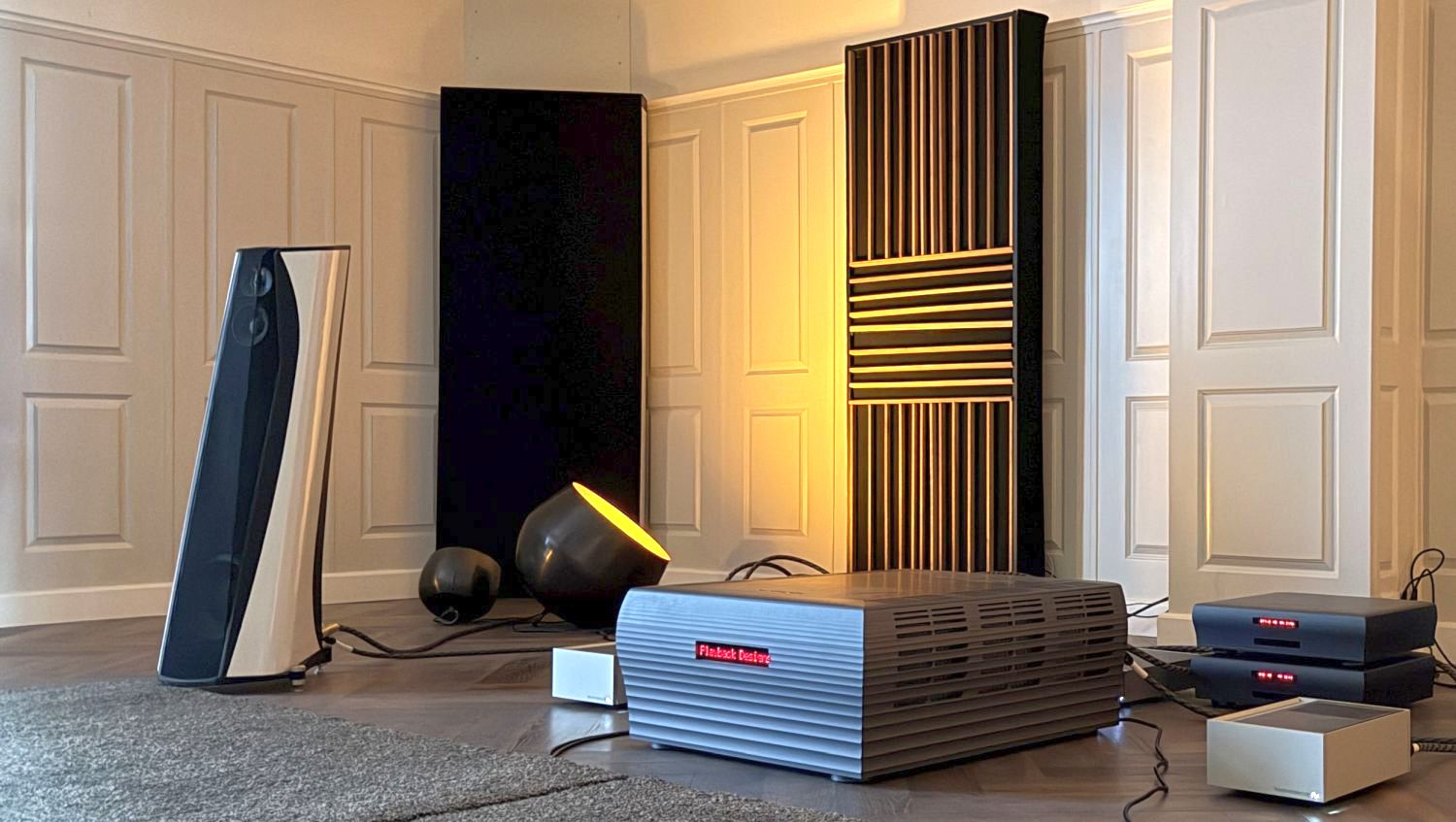
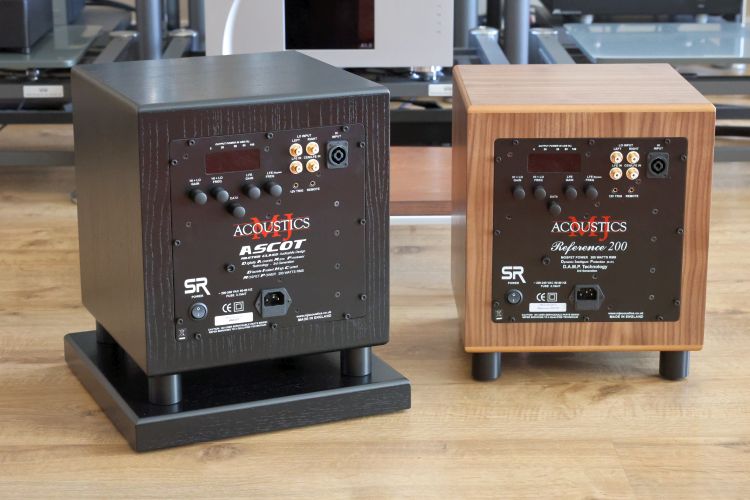
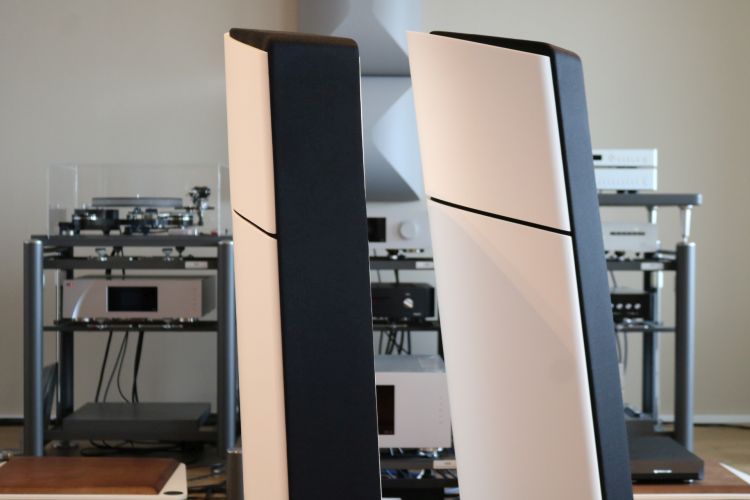
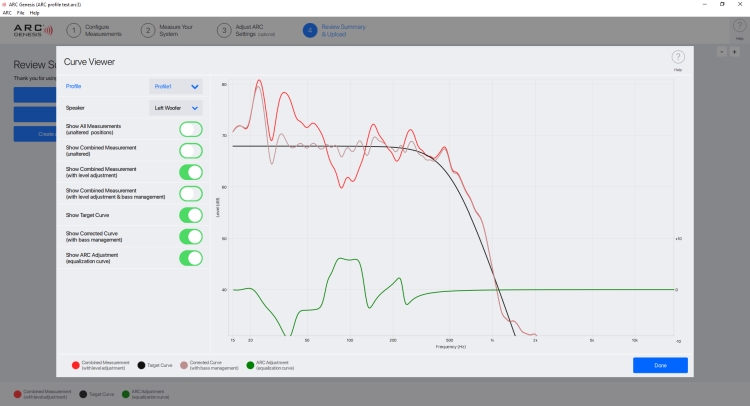
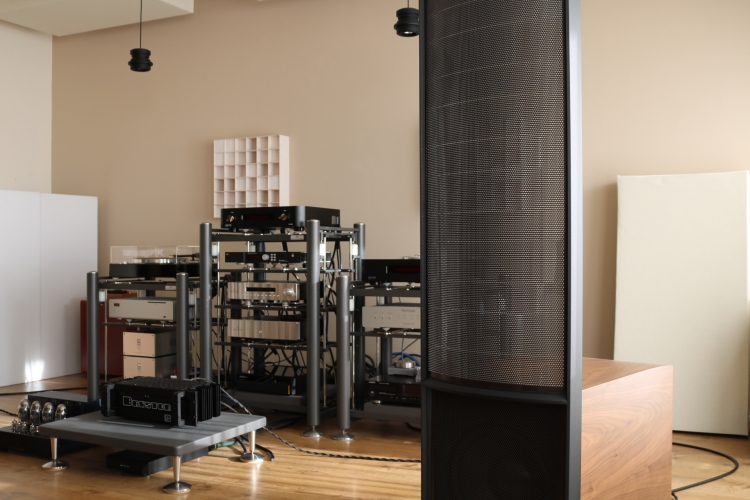
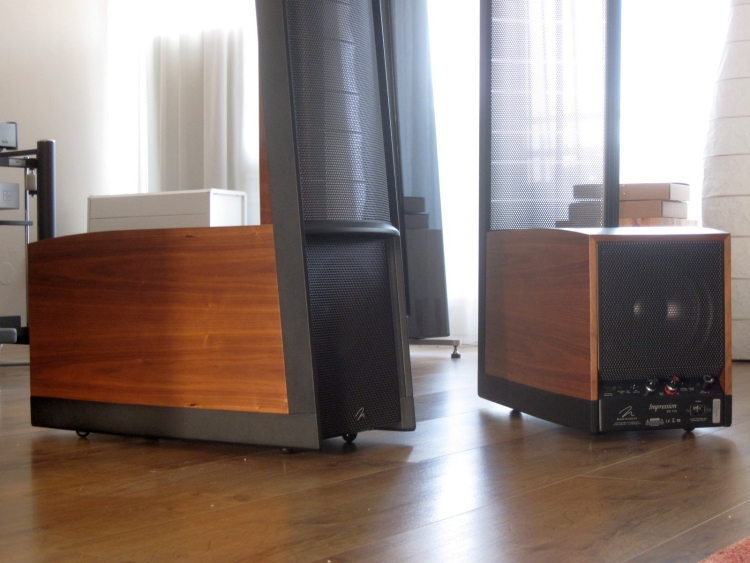
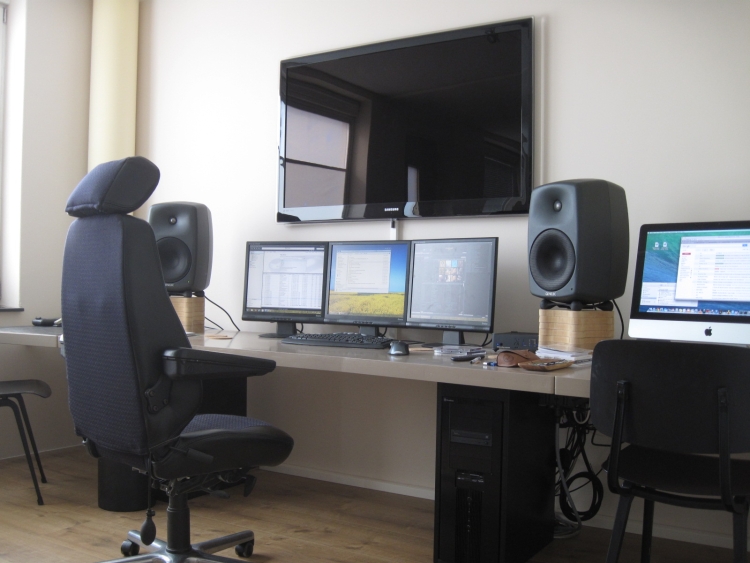
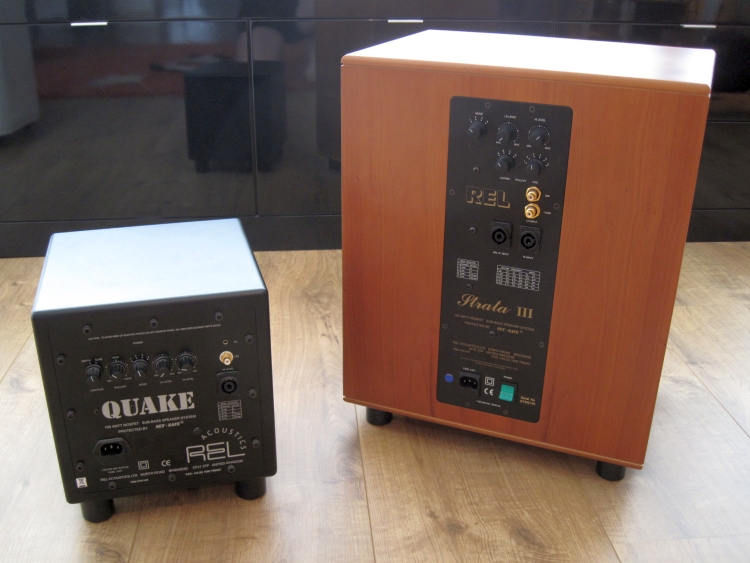
« jPlay is a very comprehensive iPad remote control app for jRiver Media Center »
Hi Christiaan,
Thank you for the review. It’s always a joy to read and come back to hifi-advice.com. Unless you have a mix of JRiver and JPLAY, please note that the app to control JRiver is called JRemote in both Apple and Android versions. JPLAY being an other software for playing music.
Note:
JRiver is even calling JPLAY a hoax on their site! Every audiophile can confirm that is not true. I’ve been a JRiver Media Center user for over ten years and can confirm the software is great for managing files indeed but unfortunately, the company has an attitude towards competitors and even clients. JRemote app was developed by an outsider but stalled at one point probably due to disagreement. I just noticed now there is a JRemote 2 for Android available for again a substantial fee ( instead of offering free upgrades like everyone else does). I did not try this version but just wanted to inform readers if they are tempted to try JRMC and control from any device with JRemote.
Whoops, slip of the keyboard. Thanks Paul, now corrected. Yup, the River Media Center software suite is really great, and the library tools, in particular, are very powerful but I agree that Jim has some weird idées fixes.
The JRemote iPad app could indeed use an update, for instance for the progress bar & App Switcher Bar overlap but so does Roon and even so, JRemote is still more comprehensive than the UPnP competition.